This transcript has been edited for clarity. For more episodes, download the Medscape app or subscribe to the podcast on Apple Podcasts, Spotify, or your preferred podcast provider.
Trisha Suppes, MD, PhD: Hi. I'm Dr Trisha Suppes. Welcome to the Medscape InDiscussion: Bipolar Disorder podcast series. Today we'll be discussing bipolar disorder and substance use disorders. It's an important topic because the number of folks with bipolar disorder who have substance use disorders is very substantial.
Let me introduce my guest, Dr Michael Ostacher. Dr Ostacher is a professor of psychiatry and behavioral sciences at Stanford University. He is also site director of the Addiction Medicine Fellowship at the VA Palo Alto Healthcare System, where he also serves as medical director of the Pharmacology of Addiction Recovery Clinic. He is also the director of the Bipolar and Depression Research Program and co-director of the VA and Stanford exploratory therapeutics lab. Welcome to InDiscussion.
It's great to see you. First I'd like to ask you, how often do you think we see substance use disorders or substance use in folks with bipolar disorder?
Michael J. Ostacher, MD, MPH, MMSc: This is such an important and interesting question. Thanks for inviting me to this discussion. It's really hard to pin it down because it really depends on where you're sitting.
As you know, prisons have become a kind of de facto state hospital, especially in certain states where resources aren't great. My guess is that if you're treating patients as a psychiatrist in a state hospital someplace or a prison someplace in the United States, and they have bipolar disorder, there's probably a 100% chance that those people had a substance use disorder at the time they came in. So, if you're working in a forensic setting and you're seeing people with very severe mania and psychotic mania, whose behavior leads them to do things that get them arrested, it's almost certain that those people have a significant history of substance use or recent substance use, even at the time that they were arrested.
If you're working in a bipolar specialty clinic, where I worked for many years — and I know you've worked in longitudinal studies and in clinics that treat people with bipolar disorder too — you're much less likely to see active substance use disorder in that population. So it really depends on where you sit. If you're working in emergency services, for example, there's a high likelihood that the people who come in acutely ill, whether it's with depression or mania, who have bipolar disorder will have substance use complicating their condition, but people who are stable in treatment tend to have substance use disorders that are well in their past.
Suppes: Do you differentiate in your thinking between different substances regarding bipolar disorder? For example, alcohol, cannabis, nicotine, opiates, and psychedelics, just to name a few.
Ostacher: That's a really interesting question. You can probably just go in the order of popularity of drugs in the culture in which we live. The substance that people are most likely to be using at a certain point in their lives, if they have bipolar disorder, is alcohol, at least of the substances that we're discussing today.
One of the substances that we've left out is tobacco, or nicotine. It's worth having a discussion later about that, but I think alcohol is likely the biggest drug that gets used by people who have bipolar disorder, followed by cannabis. And then as is true in the general population, the use of other drugs like stimulants, including cocaine and methamphetamine, or drugs like opiates, is much less likely to be problematic in people with bipolar disorder.
That said, it really depends on the setting in which you're seeing people. So if you're seeing people in inpatient addiction treatment services, you're much more likely to see people with stimulant use disorders or opiate use disorders or alcohol than you would be in other settings.
Suppes: So, given your focus on the setting amplifying how many people are using substances with bipolar disorder, what's your view of the overall population with bipolar disorder, which is conservatively about 1% of the population, in terms of substance use?
Ostacher: It's important to divide it into lifetime vs current substance use disorder. It's well known, and probably reasonable to accept, that somewhere between 45% and 70% of people, certainly in the United States, who have a diagnosis of bipolar disorder will have at some point in their lifetime met the criteria for a substance use disorder.
And so, probably half at least, in general practice, will have a lifetime history of substance use disorder. Those substance use disorders tend to occur when people are younger. People tend to have more problems with drugs and alcohol when they're early in their course of illness. Most of us who treat people with bipolar disorder treat people who are much older, and those people tend to have had substance use disorders in their past. So, lifetime prevalence is really, really high in bipolar disorder.
This is true for all psychiatric illnesses, though, that the rates are really quite high. For anxiety disorders, depression, PTSD, those disorders also have high rates of substance use disorders, but for bipolar disorder it's probably higher than for all the rest, perhaps excluding schizophrenia.
But if you look at people who are in treatment, the likelihood that they're going to have a substance use disorder complicating their treatment at the time that they're pursuing treatment for their mood disorder, for their bipolar disorder, is much, much lower. It's likely that only a small percentage of those people, roughly 10% or 12%, seeking treatment for bipolar disorder will have substance use disorders currently at the time they're seeking treatment that requires attention from us.
Suppes: Related to that, substance abuse usually means people are not having good fidelity taking their meds. But do you think substance abuse itself can worsen the course of bipolar disorder?
Ostacher: That's certainly true, but this is a really complicated thing to think about from a lifespan perspective. The people who have substance use disorders often have more difficult courses of illness and less functioning in their lives, so they'll have more suicide attempts and more episodes and more hospitalizations. They will have more difficulty keeping jobs and relationships and have lower life satisfaction.
Those things are all true. The question is whether or not the substance use is causal — in other words, leads to having those problems — or whether the people who have more severe bipolar disorder end up having substance use disorders as well. I don't know whether it would fit under the rubric of self-medication, for example, but it might well be that people who have more severe bipolar disorder are just more prone to using substances.
Suppes: Could it also be that when folks are using substances, they're also not compliant with their medicines, which in and of itself can worsen the course of illness? More suicide, more episodes. Do you view that as a factor or is that not the case?
Ostacher: It's certainly true. If you think about working with people long-term with bipolar disorder, one of the main things that we try to help people do is take care of themselves in their lives, have stable relationships, have a stable place to live, take care of their medical conditions, make sure that they have adequate income and housing, and other factors that are associated with these things. People who are not doing well tend to have all these problems, including substance use disorders.
That people who have substance use disorders are less likely to take their medications may be related to their substance use disorders, or it may be related in general to their lack of ability to take care of themselves. It's completely true that people who have substance use disorders and bipolar disorder have less adherence to their medications and are more likely to stop them; and, of course, if they do stop them, they're more likely to have negative effects from that, such as relapses, recurrences, and continued symptoms over time.
Suppes: I feel like what you're saying is that we really can't tease the causal aspect apart. We don't know what's the chicken and what's the egg. A lot of people with bipolar disorder have substance use disorders at some point in their lives. Whether that worsens the course of their illness or the fact that they're doing it reflects a worse course, we don't actually know that.
Ostacher: Yes, I think that uncertainty is unfortunately there. One of the things that people conclude because of people's substance use is that they themselves are worsening their condition because of it. And it becomes very frustrating for providers to think about treating people who have substance use disorders, because they anticipate that they won't do very well with treatment.
It turns out that it's probably not the case. It's probably not the case that people who have substance use disorders actually do worse once they're in treatment with you. Epidemiologically they certainly do, but it may also be the case that when people get engaged in treatment and they have an opportunity to address both their bipolar disorder and their substance use disorders, that they may actually have a better course of illness than people who don't have substance use disorders.
It may seem paradoxical that this would be the case because you would think, Oh, people who have two disorders have got to be worse; their substance use leads them to have all these negative behaviors. But if people are seeking treatment, they tend to be moving toward a place of wellness, in my experience. And the data suggest that people who have substance use disorders at the time they enter treatment may have shorter episodes of both depression and mania and fewer relapses in treatment, partly because the symptoms that brought them into treatment may have been worsened by their substance use.
If they back off on their substance use, if they stop using substances, if they drink less, if they're using drugs less, they may have a better outcome than other people.
Suppes: That's really interesting. That brings me to this old idea; I don't think it's a current one so I'm interested in your perspective on this. The old idea was that you need to treat substance abuse before you address bipolar disorder symptoms. What is your current thinking on this?
Ostacher: Well, that would be old thinking. I do think that, unfortunately in psychiatry, we tend to think of substance use disorders as other people's problems to take care of. That's quite unfortunate. We have specialty treaters in addiction. We have subspecialization both in addiction psychiatry and addiction medicine that people can pursue.
Most people do not pursue that. There are very few people who are certified in that, but it would benefit our patients if we had a little bit more comfort with helping people address their substance use disorders.
Suppes: That's a great point. So, what is the current thinking about when you have the co-occurring substance abuse and active bipolar symptoms? Do you address them together?
Ostacher: The reason I raised the concern in our field is that people tend to think, Well, I can't deal with the substance use. It's going to get in the way of my treatment. Let me send them someplace else to get their substance use disorder treated. I'm not sure that that's the most effective way to treat people.
It ends up being kind of paradoxical. People tend to expect that people need to go get their substance use disorder treated first. I think with illnesses like bipolar disorder, you certainly have to address people's bipolar disorder up front. The outcomes for people are really terrible if they don't have treatment. It's much in our interest and in the patient's interest and the interest of people's families that they get their bipolar disorder treated. Whether or not you address substance use disorders, whether you refer them on at the same time, is something that I think about a lot. I'm interested in both, so I treat people simultaneously.
That leads me to raise another question, if that's okay, and that's the question of whether or not we need to study the treatment of substance use disorders in people with bipolar disorder separately from the study of people who have substance use disorders without bipolar disorder.
Suppes: That's a very interesting question. I'd be curious of your perspective on that because that's not a way that people thought previously, but I've been hearing more about that as an approach. What is your view on that?
Ostacher: When I first started doing research in bipolar disorder, my interest was in studying people with bipolar disorder who had specific substance use disorders. My thinking was that because people with bipolar disorders are so often excluded from trials, both of medications and treatments for substance use disorders, and people with substance use disorders are excluded from studies of bipolar disorder, that we needed to study these specific populations.
But the devastating outcomes for substance use disorders in people who have mental illnesses are so grave that it's probably important that we skip that step. Would it be, in an ideal world, something that we would address together? In other words, should we study, for example, whether or not people with bipolar disorder who are given medical treatments for alcohol use disorder do as well as people who don't?
In an ideal world it would be nice to do so, but we've gotten to the point where our understanding of the treatment of substance use disorders with medications — for example, the use of naltrexone, an opiate blocker for alcohol use disorder, or acamprosate, evidence-based treatment for alcohol use disorder — should we withhold those drugs from people who have bipolar disorder? I would say probably not. I think we should treat them ahead.
I mentioned smoking earlier. It's even more important if people smoke cigarettes. The life expectancy of people who have bipolar disorder is clearly shortened compared with the general population, probably shortened compared with most other mental illnesses, other than perhaps schizophrenia. One of the things that we can do to help people have less morbidity and mortality is to get them to quit smoking. Should we study smoking cessation completely separately in populations with bipolar disorder? I don't think we can wait to do that. I think we need to use the tools that we have at our disposal and use them in bipolar disorder.
In fact, drugs like varenicline, which is a nicotinic acetylcholine receptor agonist and partial agonist, depending on the different receptor subtypes, are remarkably effective at helping people quit smoking and are remarkably effective in helping people quit smoking in bipolar disorder.
Suppes: You're talking about smoking, but what about vaping? Vaping is very common, more so than smoking these days, so to speak. What's your view on vaping? It's high-dose nicotine and you're inhaling. Do you view it as having a similar detrimental physiologic impact?
Ostacher: Oh, that's a really interesting and important question. This raises the question of whether or not harm-reduction approaches in smoking cessation and tobacco use cessation are reasonable.
Here in the United States we've not adopted them yet. In the United States, we do not have any formal approvals for the use of electronic nicotine delivery system (ENDS), of which vaping is a kind. We do not have any approval for that.
However, in the UK, for example, it's very clear that they've adopted the use of vaping, of electronic cigarettes, as a means for reducing smoking in adults there. We have a different regulatory system here, but they've decided that getting people off of combustible tobacco in which they are inhaling clearly carcinogenic compounds and carbon monoxide, and engaging in a behavior that's associated with terrible outcomes for multiple organ systems, including malignancies and lung disease and cardiovascular and cerebrovascular diseases, they've decided that the risk of vaping is so much lower that they are willing to spend money to get people to switch from cigarettes to vaping devices.
Suppes: You would view vaping as a lower physiologic harm-reduction approach.
Ostacher: Yes, the evidence is pretty strong that the risk of one is not comparable to the risk of the other. Are the risks of vaping devices well known? Not 100%, no. I think there's a certain amount of uncertainty about whether or not there are long-term harms from vaping devices. But at this point, it's pretty clear that their risks are much lower.
And then you're asking the question, is high-dose nicotine a problem for people? I don't have a good answer for that.
In the United States, the recommendations for smoking cessation are always to initiate a smoking cessation treatment, set a quit date, stop smoking cigarettes, stay on the treatment, whether it's varenicline or nicotine replacement or bupropion, and then stop those drugs after several months and be both without drugs and without smoking. In the UK, they have a different approach. They literally replace people's tobacco use with electronic cigarettes. The goal is not to stop using nicotine. The goal is to stop inhaling combustible tobacco.
Suppes: I know there have been some recent concerns about what they put in the vaping and that it can be damaging. So it's sort of like a sidebar about vaping.
Ostacher: Yes, I think it's reasonable to go there, especially because the rates of smoking in bipolar disorder are so high. There was a concern several years ago that vaping devices are not very well regulated in the United States; in fact, the FDA, which had made a determination that it would regulate vaping devices, put off those regulations for 5 years. I think this was in 2017. And when they made that determination, there was a Wild West here of vaping devices. People were making their own — what do they call it in the vernacular? — "vape juice."
There was a crisis of lung injury and some deaths in the United States that ultimately were thought to be due to one of the constituents in some vaping devices. These were primarily in cannabis vaping devices but existed in some nicotine vaping devices. That chemical has been removed. This really happened because of a failure of our regulatory system to determine that they were safe prior to their hitting the market.
Suppes: That's very interesting. Before we close, I want to come back to something you mentioned a few minutes ago, which is this concept of harm reduction.
Fifteen years ago, nobody was talking about harm reduction. But now, I'd be curious about your perspective on the opiate crisis in particular, which is very real and impacting lots of people with or without bipolar disorder, in which the concept of harm reduction has really taken center stage.
Ostacher: I think it's important to consider harm reduction from a philosophical perspective and also from a practical perspective. The idea of harm reduction is that you reduce the harm that people who are using substances might have by changing something in their behavioral pathway.
The best example of harm reduction in the drug-use world would be clean needles, so, needle exchange. The goal of giving people clean needles is to prevent transmission of infectious diseases, mostly hepatitis C and HIV. And they're very effective at doing that. They don't do anything to help people stop using drugs; they just help people stop having harm from drugs.
The question is whether or not we should be, as a society, in a place where we're not moving people toward stopping using. I mean, that's a question for which I don't have an answer. Society needs to answer that question.
When it comes to the health of my patients, I would lean toward the harm-reduction approach for people who are in care with me — getting people to use less dangerous nicotine devices, for example. It's very clear that as a nicotine delivery device, cigarettes are terrible. It's pretty clear that vaping devices are less terrible.
This goes back to what we talked about at the beginning. There are very clear treatments for opiate use disorder. The main two medications that we use are methadone and buprenorphine. People can also use naltrexone injection to treat people who have opiate use disorder. I don't think we need to study whether or not those drugs work in bipolar disorder. The consequences of opiate use disorder in 2024 are so dire, the drug supply is so tainted in the United States, that the likelihood that people will be using fentanyl and die accidentally of a fentanyl overdose is extremely high. Last year, 100,000 people in the United States died of drug overdoses. That's the third year in a row. And 70,000 people died of opiate overdoses. A harm-reduction approach, one that gets people onto one of those medications, into treatment, is a really important task for those of us in psychiatry.
Suppes: Thank you so much. Today we've talked to Dr Ostacher about, to me, one of the most interesting perspectives, which is in terms of harm reduction and not waiting to study substance use and bipolar disorder. But if we have validated treatments for substance use, we should go ahead and be open to using them in bipolar disorder.
Another interesting perspective was that how much you're going to see substance abuse and bipolar disorder in part depends on the lens through which you're looking. In jails and hospitals it's going to be very high, maybe even in the ER; but in longitudinal outpatient clinics for bipolar disorder, you're likely to see less.
Thank you very much. For me, this has been very educational. I think the thinking is changing.
Thank you for tuning in. Please take a moment to download the Medscape app if you'd like to listen and subscribe to this podcast series on bipolar disorder. It's also available on all of your favorite platforms. This is Dr Trisha Suppes for the Medscape InDiscussion: Bipolar Disorder podcast. Thank you for joining.
Resources
Management of Comorbid Bipolar Disorder and Substance Use Disorders

.webp) 3 days ago
4
3 days ago
4


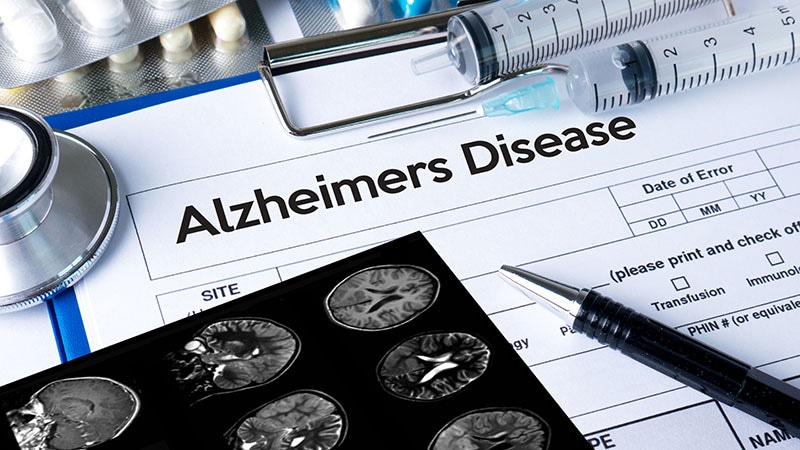
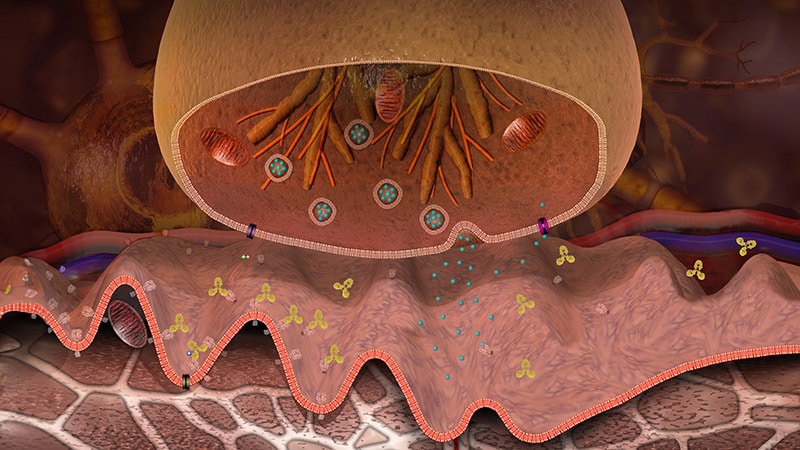

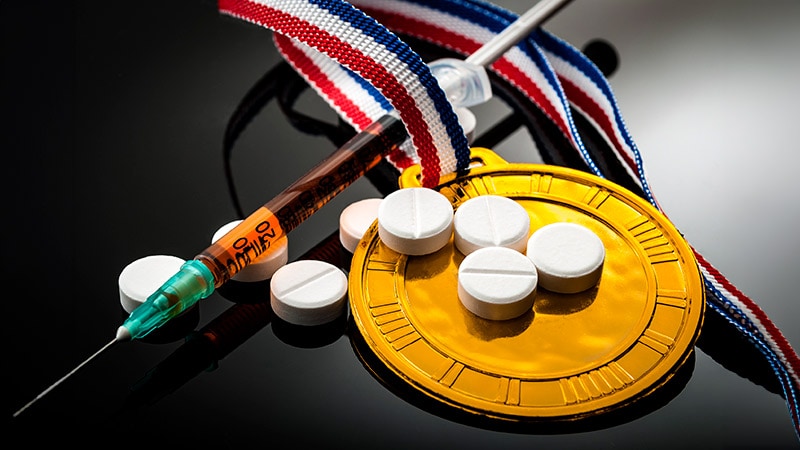



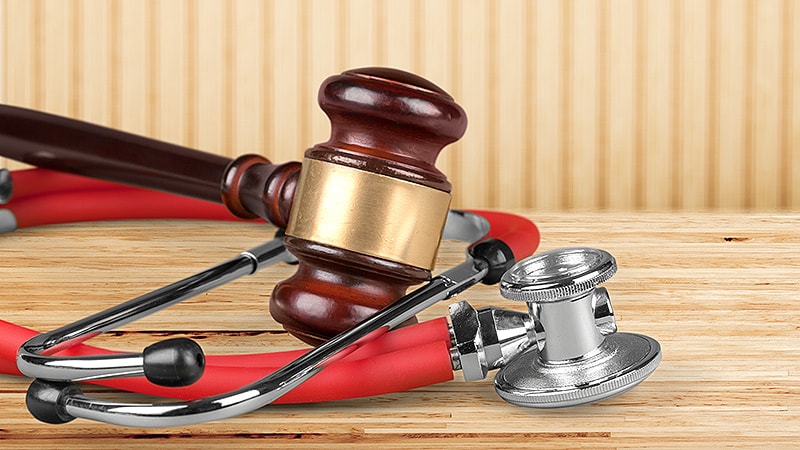
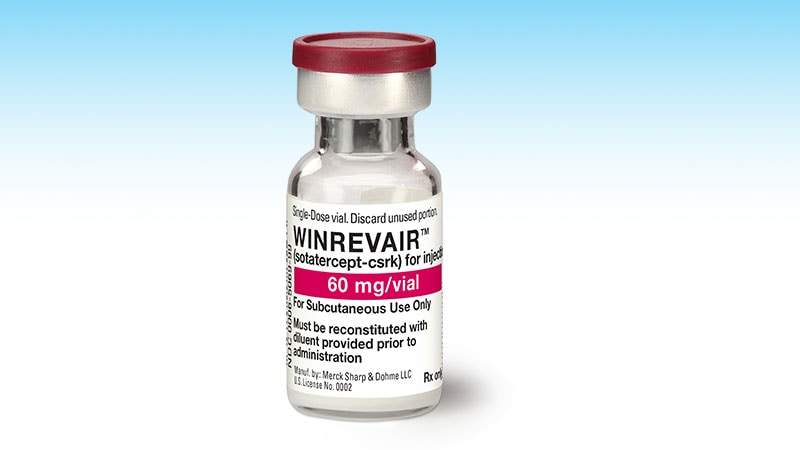
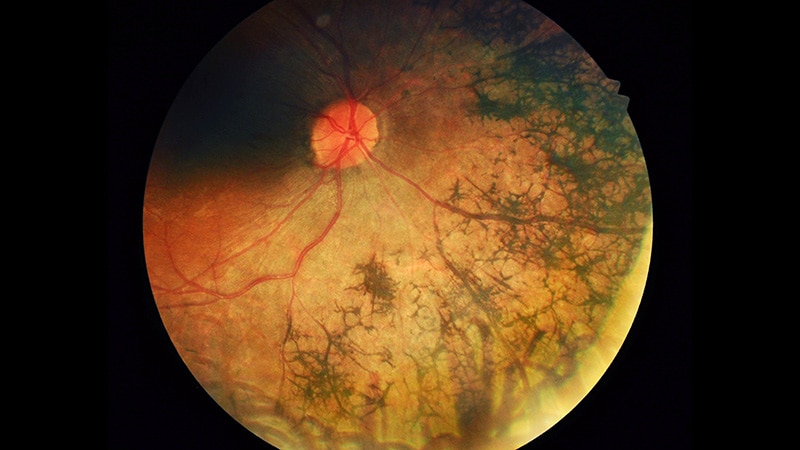

















 English (US)
English (US)